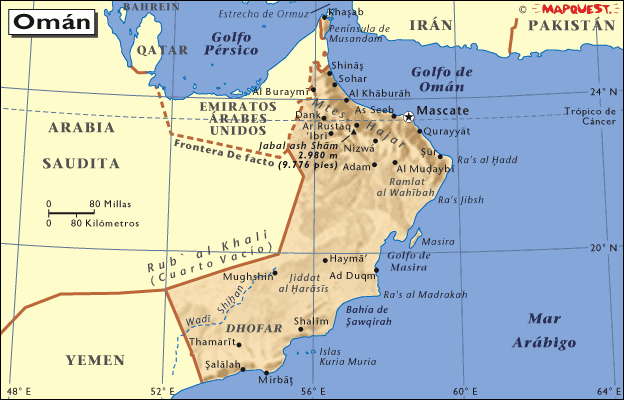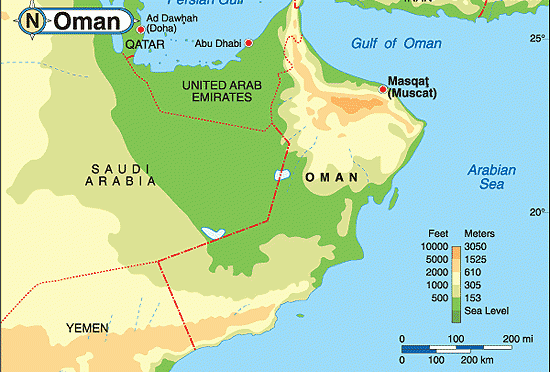The Sultanates maiden utility-scale wind farm the Dhofar Wind Power Project began generating electricity last week, heralding a new era in low-carbon, renewables-based power generation in Oman with wind turbines.

The
Rural Areas Electricity Company (Tanweer) part of Nama Group announced
that the landmark wind power project, located at Harweel in Dhofar
Governorate, was brought online for the first time last week.
Tanweer
is proud to announce the launch of the Dhofar Wind Power Project as one
of the major achievements of the wind turbines project.
The
commercial operation of the wind farm is expected in the coming months,
the state-owned utility, whose mandates covers remote areas unconnected
to the national grids.
The 50 MW wind farm, comprising 13 towering
wind turbines, was constructed by multinational conglomerate GE
Renewable Energy, in partnership with Spains TSK under contracts awarded
by renewable energy pioneer Masdar.
Tanweer will oversee operation
and management of the wind farm, which is also the first large-scale
wind power project in the Arabian Gulf region, when it is fully
operational.
With the formal start-up of the Dhofar Wind Power
Project, Omans ambitious grid-connected renewable energy programme has
now entered the operational phase.
The Oman Power and Water
Procurement Company (OPWP) the sole offtaker of output from power
generation and water desalination projects plans to procure at least
2,200 MW of renewables based electricity capacity by 2025 within the
Main Interconnected System (MIS), serving the northern half of the
Sultanate. Smaller wind-based schemes are envisioned in the Sharqiyah,
Al Duqm and Dhofar zones.
Electricity output from the Dhofar Power
Project will be allocated to OPWP under a long-term Power Purchase
Agreement (PPA) with operator Tanweer.
However, as with any wind
energy scheme, output is subject to intermittency and seasonality,
according to the state-owned procurer.
Wind energy output is seasonal
and intermittent during the day. The greatest output periods for the
Dhofar project are expected to be in the evening and night. OPWP has
utilised ground-measured wind data in Harweel, supplemented by satellite
data, to estimate the contribution of wind projects to generation
adequacy at around 35 per cent of the projects installed capacity. This
may change as data is collected from the Wind Resources Assessment (WRA)
and award of projects providing accurate configuration and yield
assessments at specific sites, it explained in its latest 7-Year Outlook
Report for the 2019-2025 timeframe.

